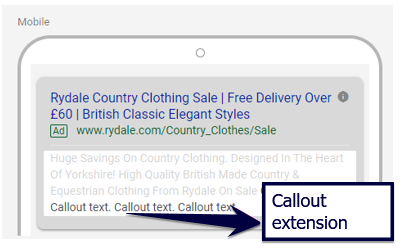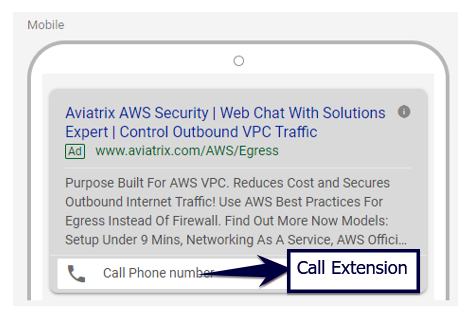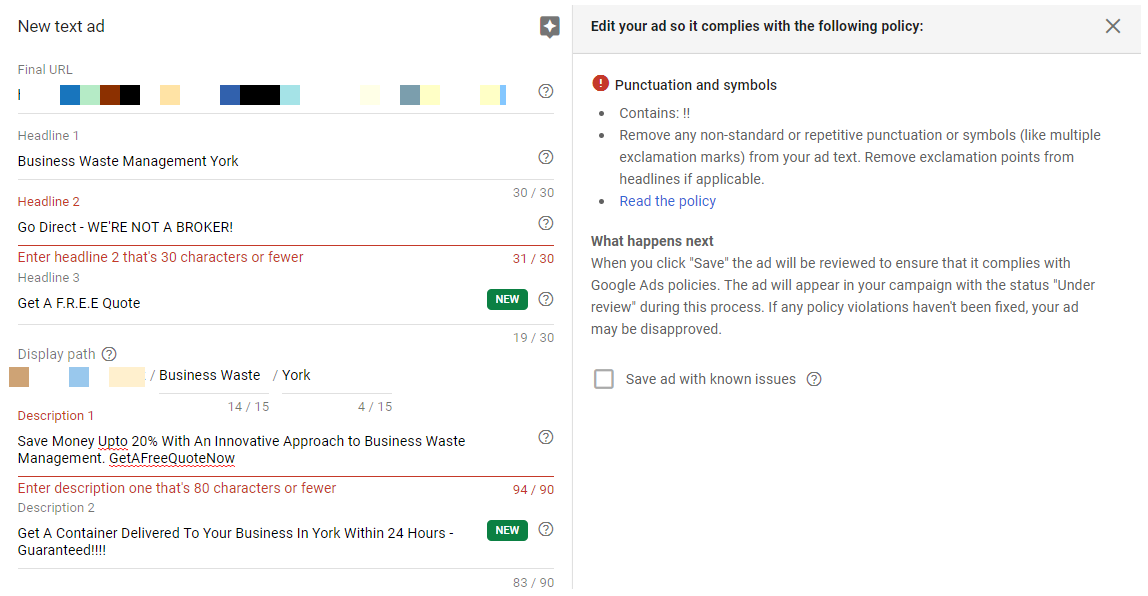Five Tips For Writing Great Text Ad Copy
In order to expand your business, you need to acquire new customers. Advertising is an essential part of business growth, but it relies fully upon the quality and efficacy of an ad. I have compiled five tips for writing great text ad copy — this will boost your chances of increasing your click-through rate, ranking highly in search results, reaching new customers, establishing a relationship with your consumers and prospects, and generating revenue.
1. Know the structure and make the most of all the new ad features
Once you have set up a campaign and an ad group, you can create your first text ad. The fundamental structure of an ad is:
- A headline
- A URL
- A description
To appeal to users, your ad must be informative, attention-grabbing, engaging, and propose an added value to potential customers.

Headline
| Each element has a maximum character count. The most noticeable segment is the headline. Recently Google has introduced the third headline. Separated by a “ | ”, each headline gives a 30-character opportunity to promote a product or service. Remember that the first headline is more important than the second and third. Make sure each headline is unique, contains relevant keywords, and offers additional information. Although the first and second headline will always appear within your ad, it is up to Google to determine whether to showcase your third headline, so make sure your most important messages are contained within the first two headlines. |
Every message in your ad, no matter in which section it falls in, has a purpose — either to encourage a user to an action, or showcase a feature or benefits of the product or service. At Pepper we find that highlighting potential benefits as opposed to features is a more influential strategy.
Empower the user with a CTA:
- Offer a free quote (e.g. Get a free quote)
Showcase a feature:
- Promote a faster service (e.g. Next day delivery)
- Showcase an awarded quality of the product or service (e.g. 2018 Best restaurant in Leeds)
- Promote a specific product category (See example above)
Highlight benefits:
- Emphasise the convenience of a service (e.g. No appointment needed)
- Engage your audience with a time constraint — this is often used to encourage the use of a discount code or taking advantage of a sale (e.g. Sale ends tonight)
- Highlight a way to save money (e.g. Get 2 shirts for £40)
- Showcase the benefits of the service (e.g. Decorate without stress)
- Focus on a problem and offer a solution (e.g. Have a headache? We can help)

Display URL
The display URL is located below the headline and should link to your desired landing page. Make sure your landing page matches your specific product or service, and isn’t just your website’s homepage. The domain name in the display URL must mirror your landing page’s domain, and both should be relevant to the search terms your ad is intended for, without looking ‘spammy’.
Description
Google allows two ad descriptions, each up to 90 characters. This is your opportunity to express to your target consumers why your product or service is desirable and how it stands out from the competition. Make use of all the characters and ad features Google offers to convey as much information about your product or service as possible. Similarly to the third headline, Google reserves the right to choose when to display the second description.
2. Expand your reach with ad extensions

To advance your ad, make use of the ad extensions, by ideally including at least three extensions to include more information and business promotion. Ad extensions make your ad bigger and more noticeable. While your ad will stand out more, competitor ads will be pushed below it.

Among the ad extension options are:
- Sitelink extensions – links taking users to specific pages on your website
- Callout extensions – showcase the unique selling points (USPs) of the product or service

- Structured snippet extensions – highlight aspects of your product/service, such as type, style, model
- Call extensions – enables consumers to call your company without visiting your website
- Location extensions – shows the address of the closest of your stores to the user’s location
- Affiliate location – commonly used in retail, affiliate location extensions take users to retailer pages that sell your products
- Price extensions – information about individual products and their retail prices
- App extensions – app extension links from your text ad to your mobile or tablet app
- Promotion extensions – highlights your sales and promotions to appeal to bargain hunters
Make sure your ad extensions are ‘friendly’ for all device types, which is especially important when creating mobile device ad extensions — for example, adding call extensions and message extensions.

3. Behavioural ad targeting — know your audience, impress, encourage, and add value
An ad should be like an answer to your target consumer’s questions, offer a solution, and respond to their desires and interests. Write it for your target market — what is your audience looking for? Use the keyword that you’re targeting as this can help to improve your Quality Score, but avoid keyword stuffing.
Behavioural targeting is the marketing method that reinforces your advertising campaigns by studying your target audience, collecting data, and using this information to your advantage in order to strengthen ad campaigns.
Do your market research, know your audience and their web behaviour, and what signals and messages they are most receptive to. Using consumer data will increase your click-through rate (CTR) — if these messages are mentioned on your landing page, the chances of your ad increasing conversions are boosted.
4. Encourage consumers with Calls to Action (CTA)

- Use CTAs to encourage your potential customers — these have been proven to increase your CTR.
- Inspire your customers to action by adding a time constraint such as “Shop today!” or “Sale ends Friday!“.
- Include a qualifying element by segmenting your ad, for example “Students get 50% off” or “Services for start-up companies”.
- If possible, rhyme your CTA — for example, “Order our tea & get it delivered for free!” or “Want beer? Click here!” Psychologically it creates a sense of fluency and pleasantness, which subconsciously gets attributed to the advertised product or service.
- Use the words you and your in the ad to make it more personal and important, such as “Get your free sample!”.
- Include numbers as they have the power to impress the user — for example, “Order now and save £20!”.
5. Emotional and rational appeal
If you are targeting new consumer markets, use rational appeal in your ads. If a consumer is not familiar with the product or service you are advertising, what will make them click on your ad is how compelling it is. To stand out amongst the competition, highlight the best and most unique aspects of your product or service.
Emotional appeal, which works in remarketing your ad to existing consumers, is secondary in this case. To click on your ad, a user needs compelling arguments that distinguish you from your competitors.
The bottom line
Avoid common ad mistakes such as capital letters when they are not necessary. Do not include emojis or emoticons. Avoid repetition, but do not write false information.

Bear in mind that Google’s automated system may not pick up on all errors immediately. When your ad goes through the reviewal process, mistakes will then get picked up. To illustrate using the above image, the automated system doesn’t seem to have picked up that “WE’RE NOT A BROKER” has been written in capital letters, “F.R.E.E” is not allowed, and that “GetAFreeQuote” is not allowed either.
Make sure to revisit and optimise your ads often to keep up with changes in the Google advertising guidelines and make use of the new additions to further benefit you and your client’s businesses. Treat each ad as a pitch.